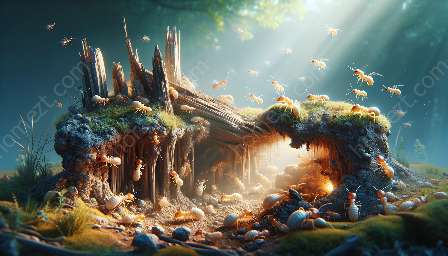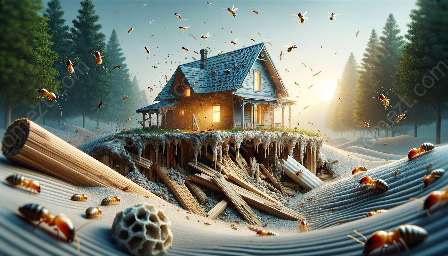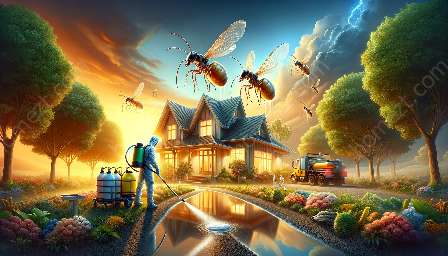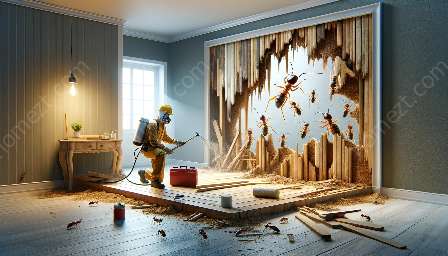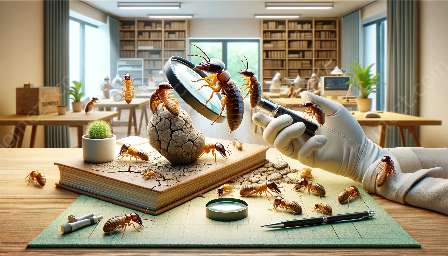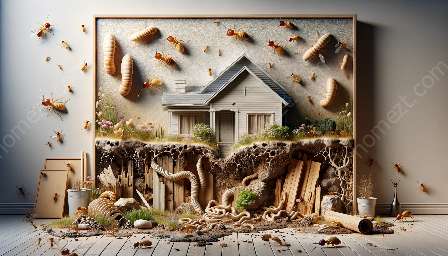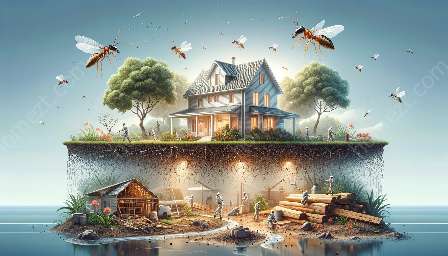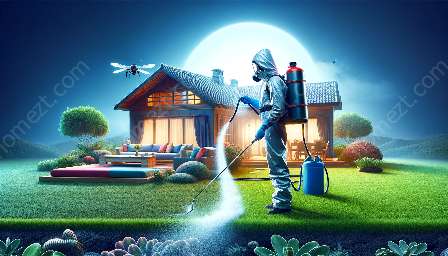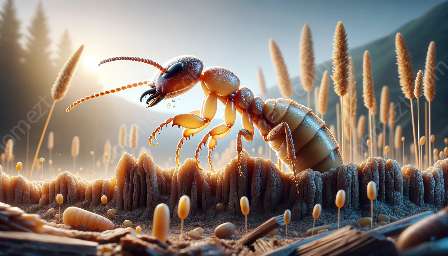Termites are highly destructive pests that can cause significant damage to homes and buildings. In order to effectively combat termite infestations, it's crucial to understand their appearance, behavior, and signs of presence. This comprehensive guide will provide valuable insights into termite identification, prevention, and control strategies.
Termites: An Overview
Termites are social insects that live in colonies and feed on cellulose-based materials such as wood and paper. There are different types of termites, including subterranean, drywood, and dampwood termites, each with distinct characteristics and behaviors.
Termite Identification
Identifying termites can be challenging since they are often mistaken for ants. However, there are key features that can help distinguish termites from other pests. Termites have straight antennae, a broad waist, and equal-sized wings, while ants have elbowed antennae, a narrow waist, and unequal-sized wings.
Subterranean termites, the most common type, are creamy white in color and have a soft body. They are approximately ¼ inch in length and have straight, bead-like antennae. Dampwood termites are larger and have a reddish-brown color, while drywood termites are smaller and have a pale, cream-colored body.
Signs of Termite Presence
Identifying evidence of termite activity can help in early detection and prevention of infestations. Some common signs of termite presence include:
- Presence of mud tubes on walls, foundation, or wooden structures
- Hollow-sounding wood
- Piles of discarded termite wings
- Small holes in wood with powdery substance
- Blistering or darkening of wood surfaces
- Regular inspection of the property for signs of termite activity
- Reducing moisture levels in and around the home
- Sealing cracks and openings in the foundation and walls
- Using termite-resistant materials during construction or renovations
- Termite baits and traps to eliminate colonies
- Chemical barriers to prevent termite entry into the structure
- Localized or whole-structure fumigation for severe infestations
- Regular monitoring and maintenance to prevent future infestations
Preventing Termite Infestations
Implementing proactive measures is essential to prevent termite infestations. Some effective prevention strategies include:
Termite Control and Treatment
In the event of a termite infestation, swift and targeted action is crucial. Professional pest control experts can provide various treatment options, including:
Conclusion
Understanding termite identification, prevention, and control is vital to safeguarding your property from potential damage. By recognizing the signs of termites and implementing preventive and control measures, homeowners can effectively protect their homes and ensure long-term structural integrity.


